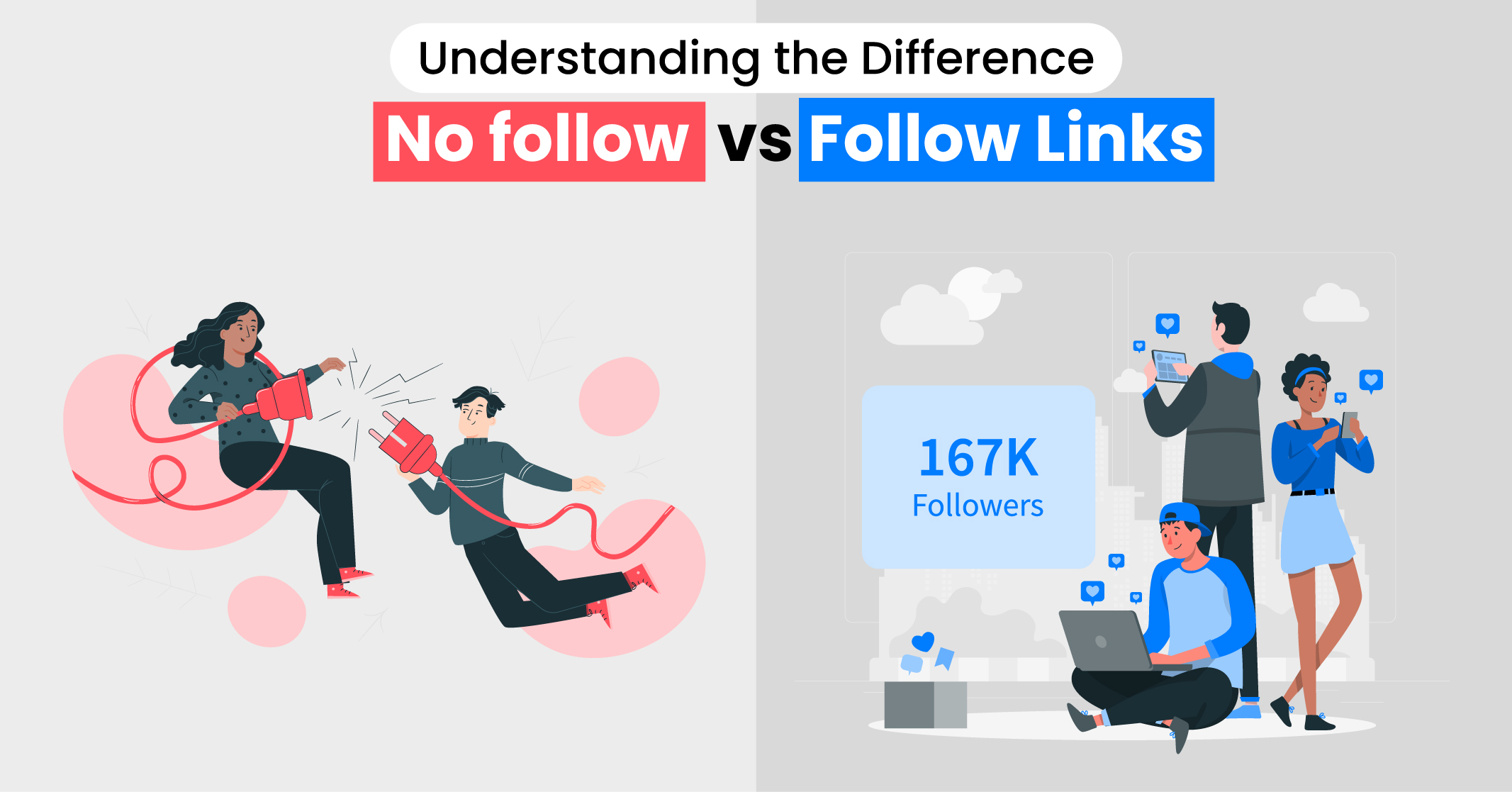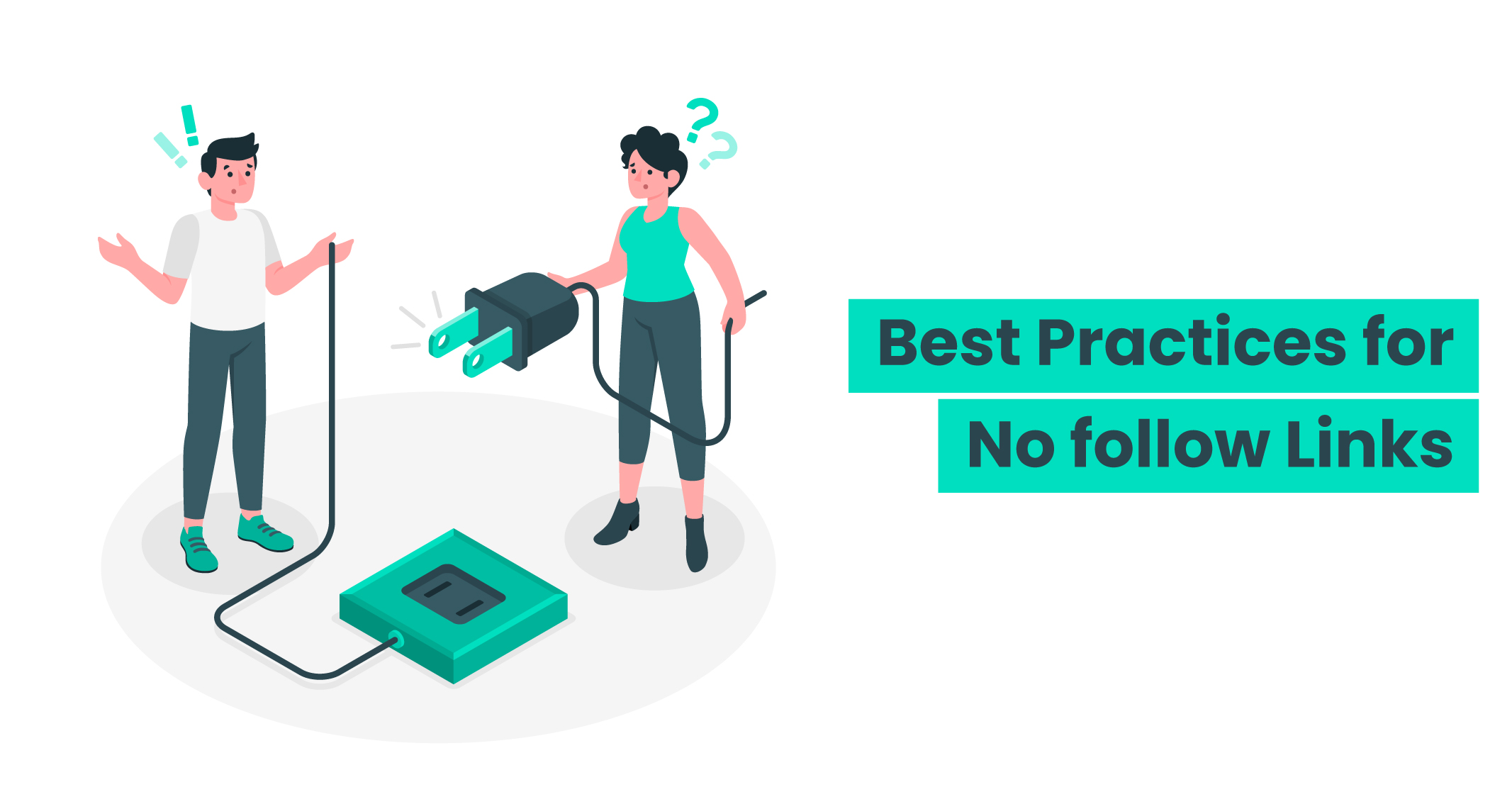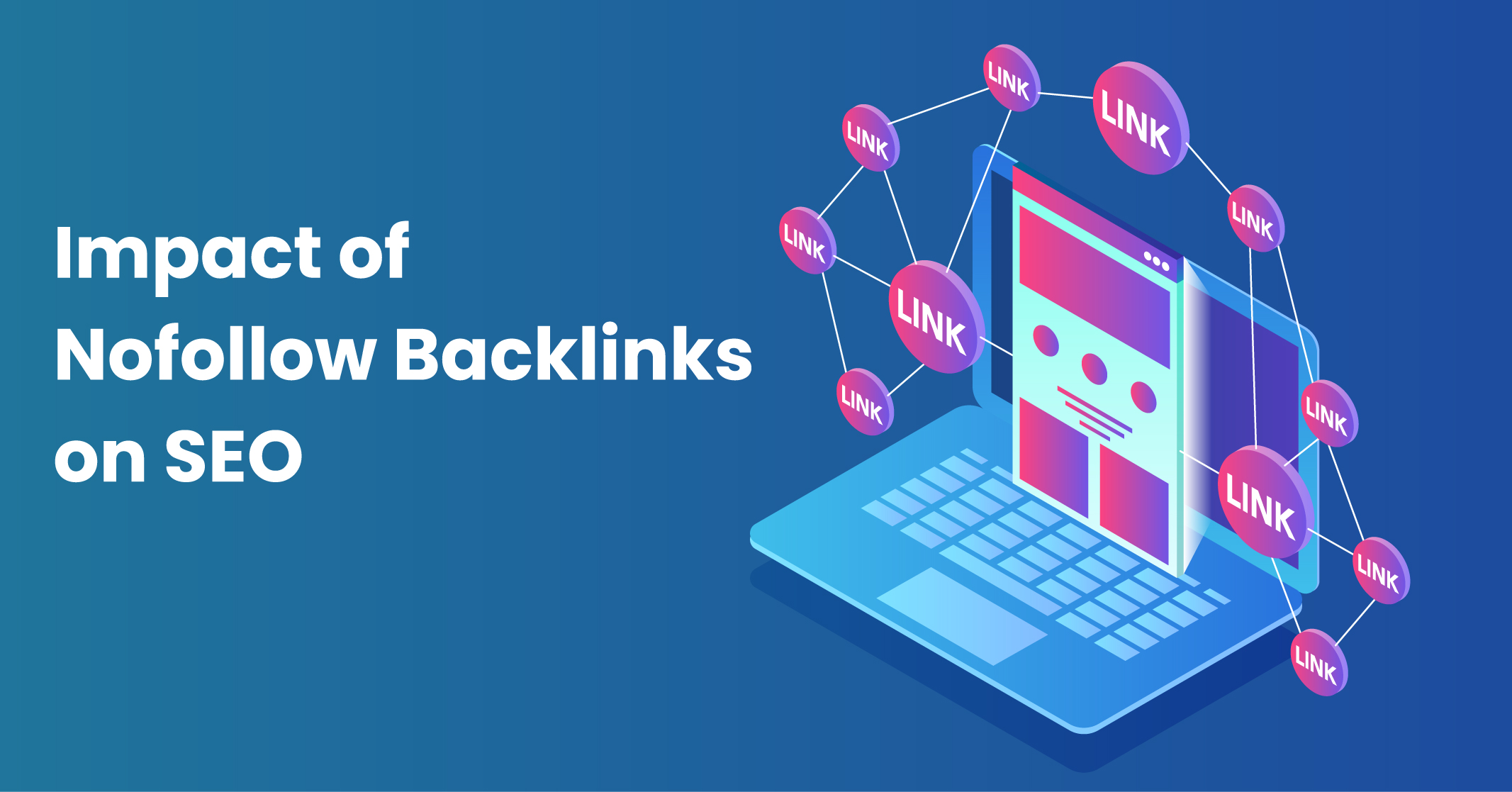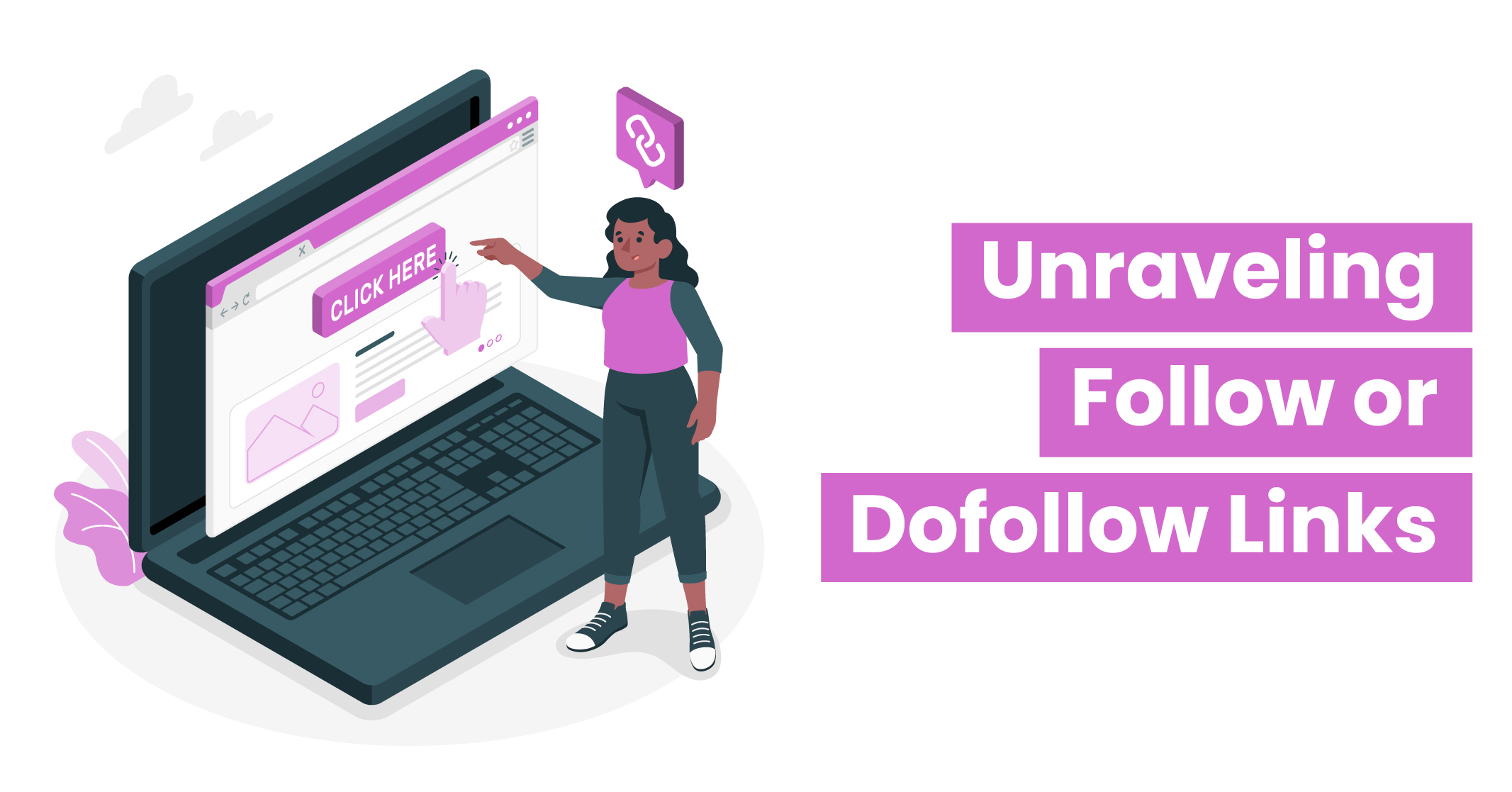I hope you enjoy reading this blog post.
If you want to get more traffic, Contact Us

Click Here - Free 30-Minute Strategy Session
Be quick! FREE spots are almost gone for this Month. Free Quote

A nofollow link is a type of link that includes the rel=”nofollow” attribute. Its purpose is to instruct search engines not to transfer any link equity or authority to the linked page. Introduced by Google in 2005, the nofollow attribute was primarily aimed at combating comment spam and preventing link manipulation.
To clarify, a nofollow link is identified by having the “nofollow” value in its rel attribute. Although the technically correct terms are “nofollow attribute” and “nofollow tag,” they are commonly used interchangeably.

Click Here – Free 30-Minute Strategy Session
Be quick! FREE spots are almost gone for this Month
For instance, let’s consider a standard link to Apple’s homepage:
Original Link:
<a href=”https://apple.com/”>Apple</a>
In this case, the link would pass link equity to Apple’s homepage.
However, by adding the nofollow tag, the link would appear as follows:
Nofollow Link Example:
<a href=”https://apple.com/” rel=”nofollow”>Apple</a>
The inclusion of the nofollow tag ensures that search engines do not consider this link for ranking purposes, meaning it does not influence Apple’s search engine rankings.
It’s important to note that while there is no specific “follow” or “dofollow” tag, the terms “follow link” or “dofollow link” are commonly used to distinguish links that do pass link equity.
Additionally, Google introduced two other rel attribute values in 2019:
The nofollow value can serve as a substitute for both rel=”sponsored” and rel=”ugc”.
Learn More: No Follow Links Vs Follow Links
To determine if a specific link has a nofollow tag, you can examine the page source code. Here’s how:
Example: rel=”nofollow noopener”
Additionally, you can apply filters to view specific backlinks based on their nofollow attributes. For example, if you want to see only active sponsored backlinks, select the “Active” and “Sponsored” parameters.
The tool will then present a list of backlinks that meet the specified criteria. This feature can be useful when examining the digital PR strategies of your competitors.
Learn More: The Power of Digital Marketing in PR

When to Use Nofollow
Note: It is possible for a single link to have multiple attributes, such as rel=”nofollow sponsored”.
When Not to Use Nofollow
In the past, the nofollow attribute was misused to influence how link equity passed from a page, but this practice no longer works due to changes in Google’s calculation of nofollow links for PageRank. Here are two common examples of how not to use nofollow:
If you’re unsure about correct usage of nofollow on your site, it’s recommended to review your internal and external links. Remove nofollow attributes unless there is a compelling reason to keep them as such.
Remember, using the nofollow attribute correctly can help shape the flow of link equity on your website.

Nofollow links, including those with the rel=”sponsored” and rel=”ugc” attributes, do not pass link equity or contribute to improving PageRank. Google does not consider them for ranking purposes.
While it is commonly believed that nofollow links have no SEO value, there are still potential benefits associated with them:
It is worth noting that Google’s treatment of nofollow links changed in 2020. While they are not ignored completely, Google may consider them as hints for crawling, indexing, and understanding linking patterns.
Although nofollow links do not have a significant impact on SEO, it is evident that Google pays some attention to them.

The terms “follow link” and “dofollow link” are commonly used to describe links that pass link equity, in contrast to links with the nofollow, sponsored, or UGC attributes.
However, it’s important to clarify that there is no actual “follow” or “dofollow” link attribute. The presence of rel=”dofollow” in a link, although occasionally seen, is unnecessary and has no impact on the link itself.
In essence, the nofollow tag is the relevant attribute that affects whether link equity is passed or not. The terms “follow” or “dofollow” are used informally to differentiate between standard links and those with the nofollow attribute.
Please note that these terms can be misleading, as there is no dedicated attribute specifically denoting a link as “follow” or “dofollow.”
Now that you have a clear understanding of the distinction between nofollow and “follow” links, you may be interested in delving deeper into how links affect SEO and how to acquire high-quality backlinks for your website.
Here are some valuable resources to explore:
If you’re eager to start building backlinks right away, you can try our Backlink Gap tool. With a free account, you can conduct up to 10 searches per day, enabling you to identify your competitors’ top backlinks and replicate their success.
Take advantage of these resources to enhance your understanding of link building and maximise the benefits of backlinks for your website’s SEO. Contact Traffic Radius team to learn more!

LEAVE A REPLY